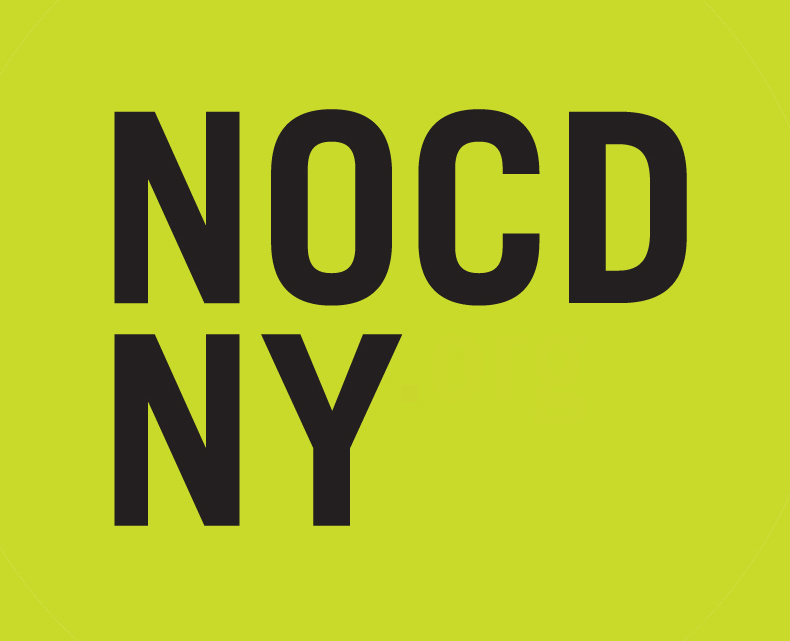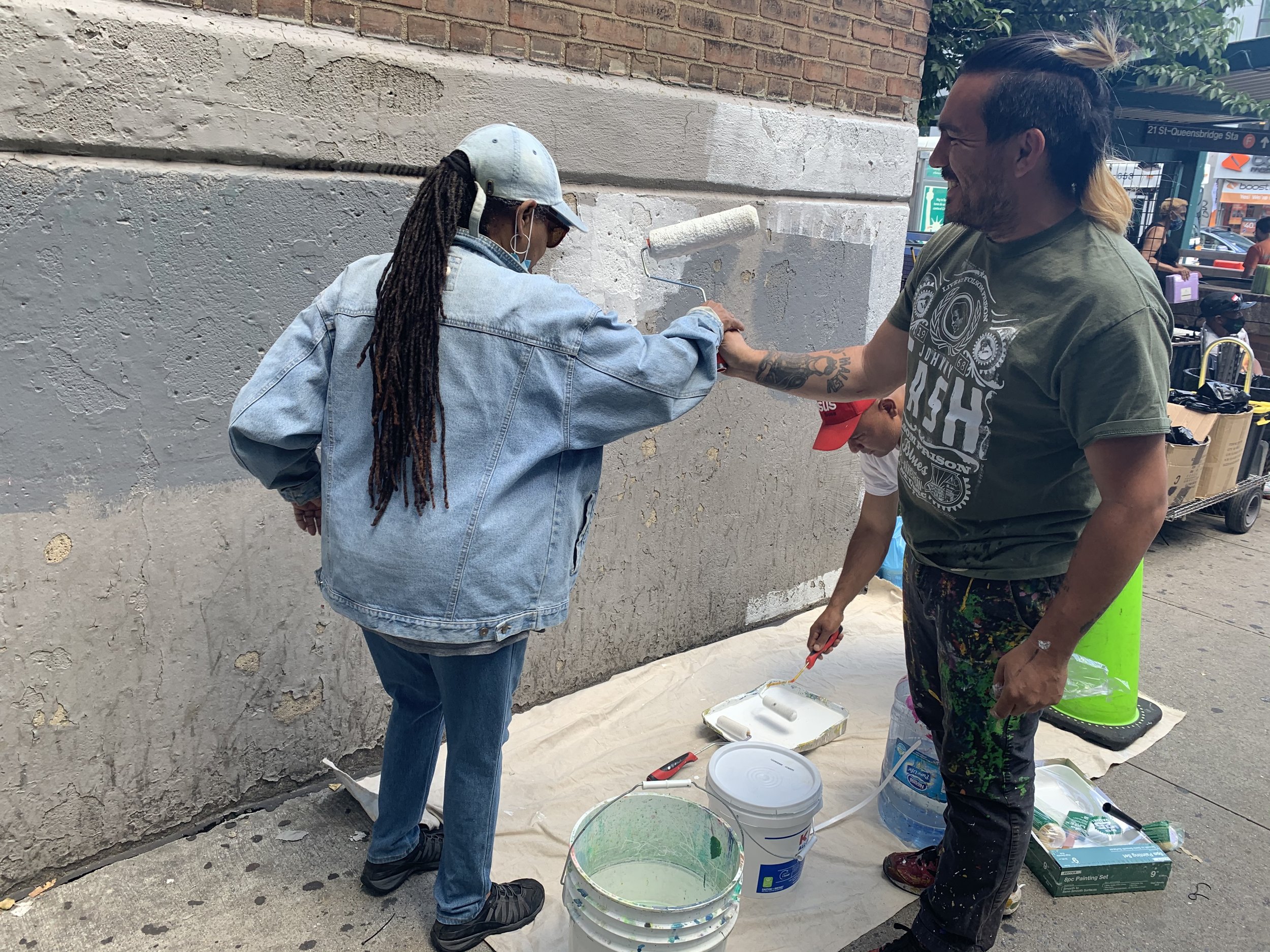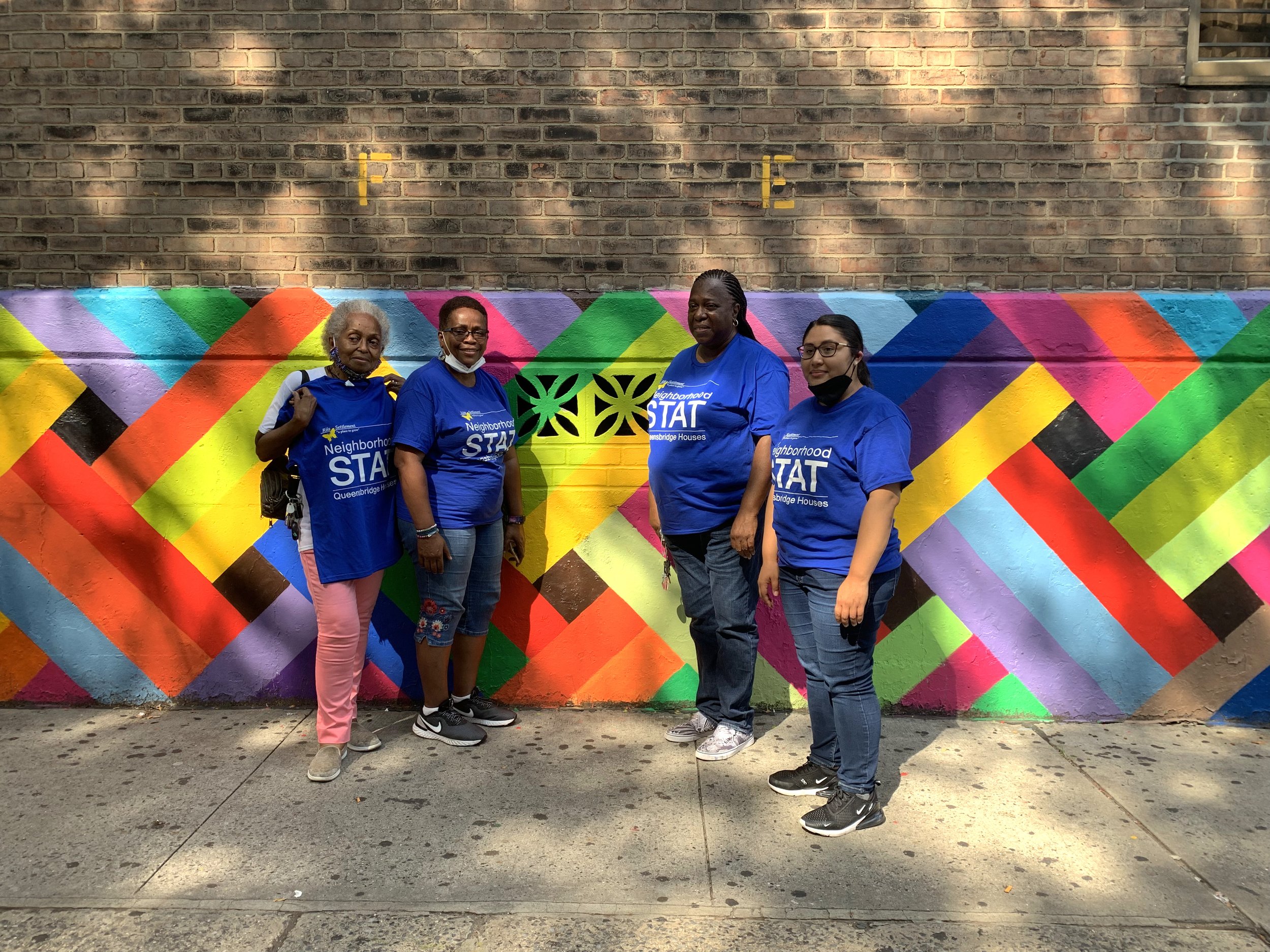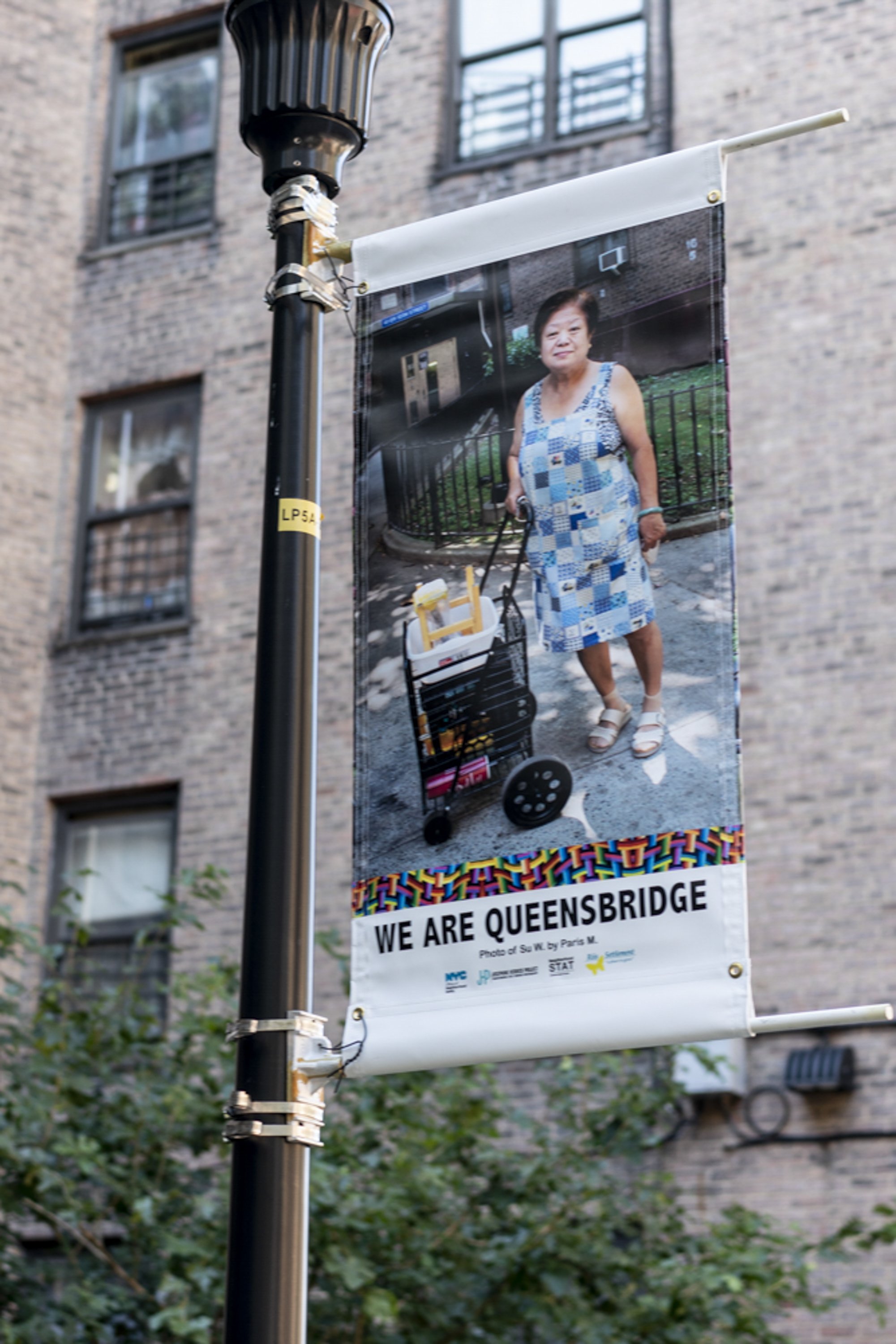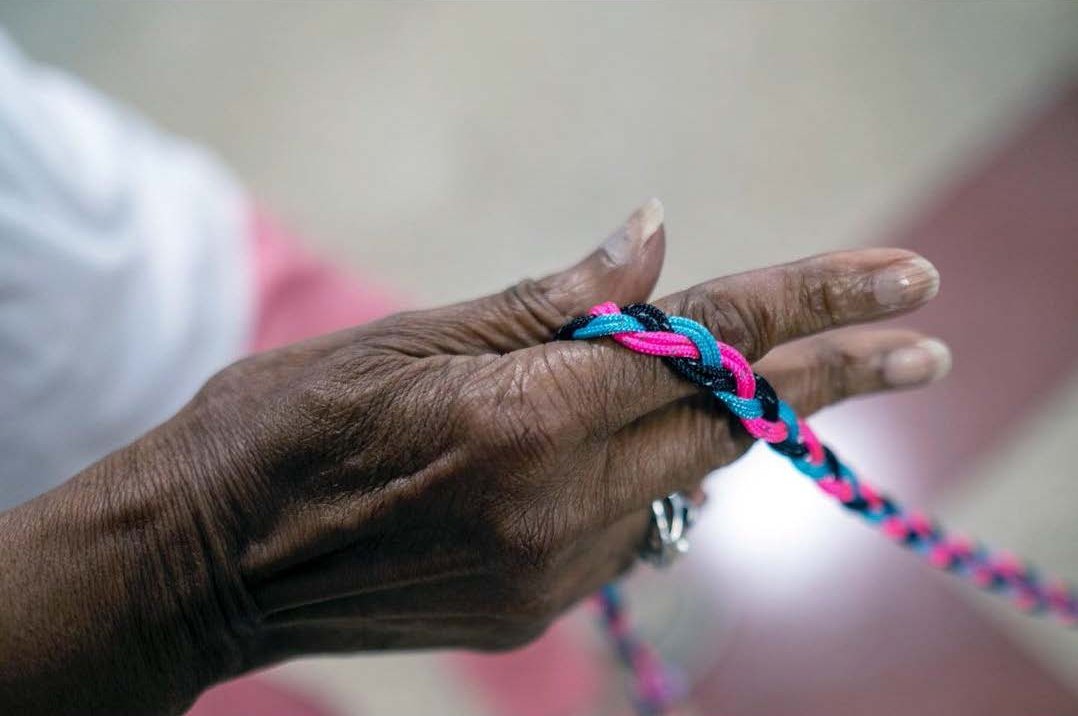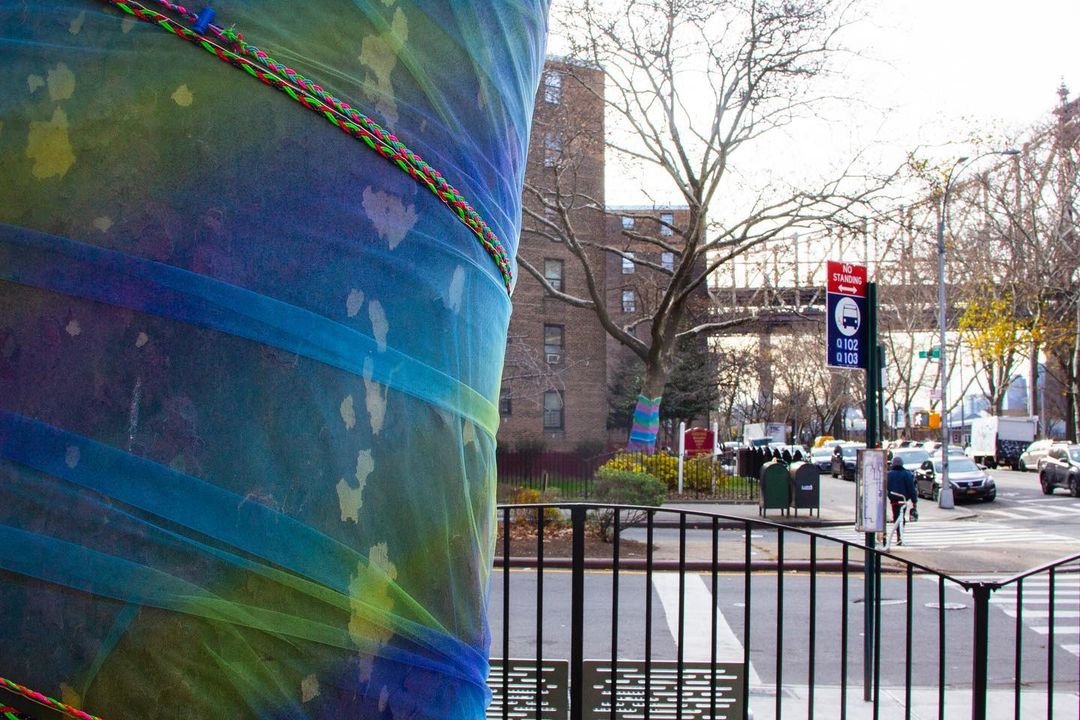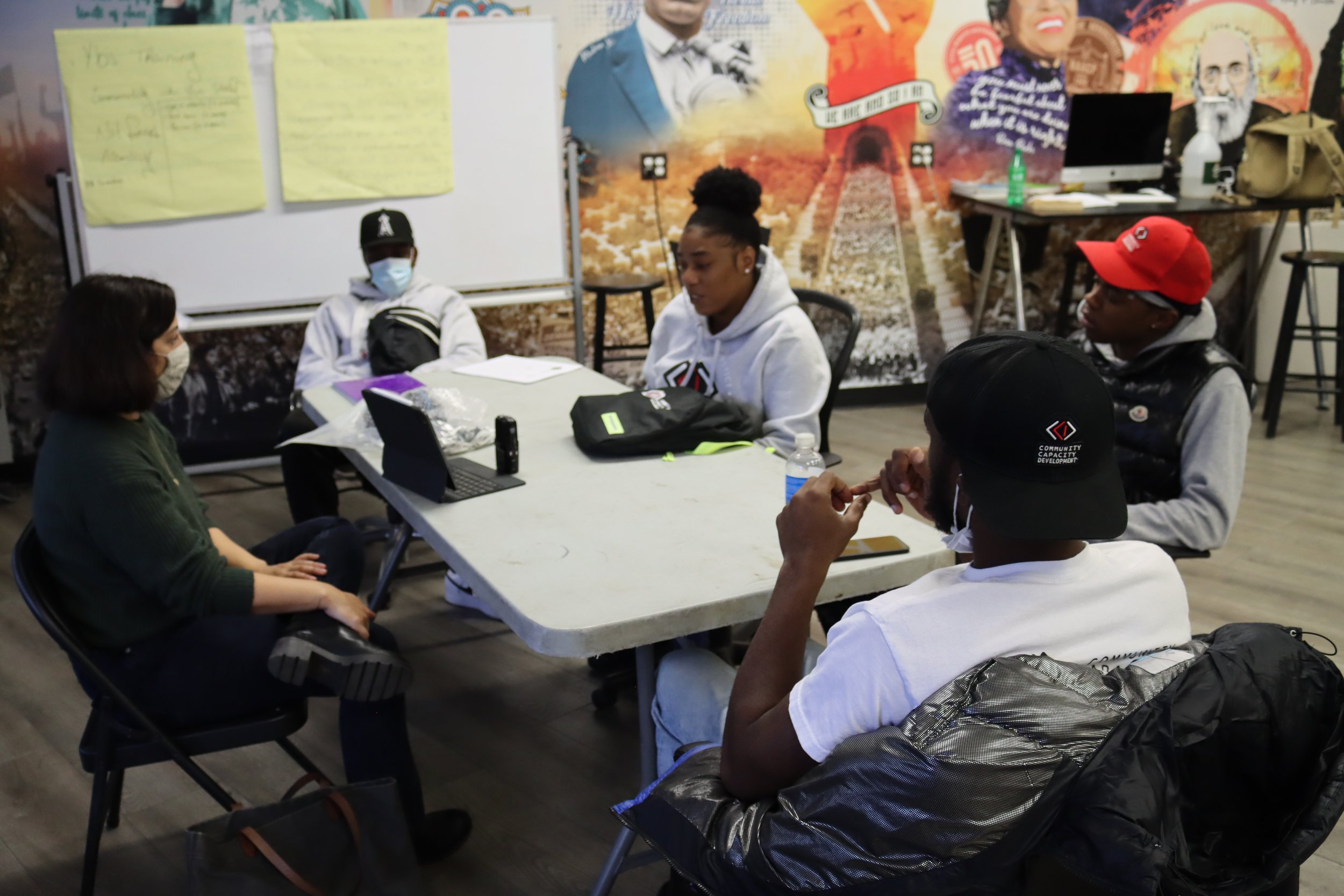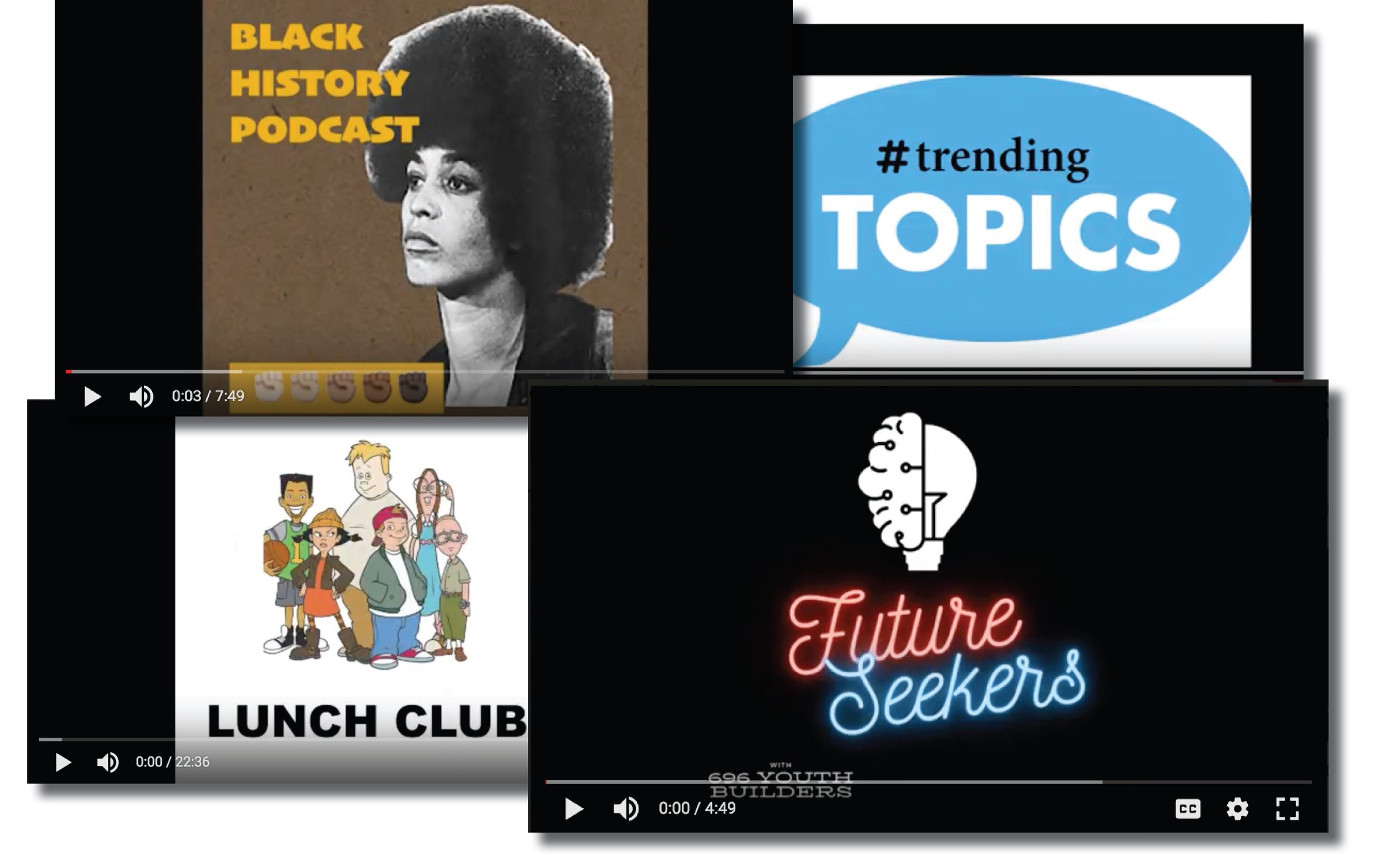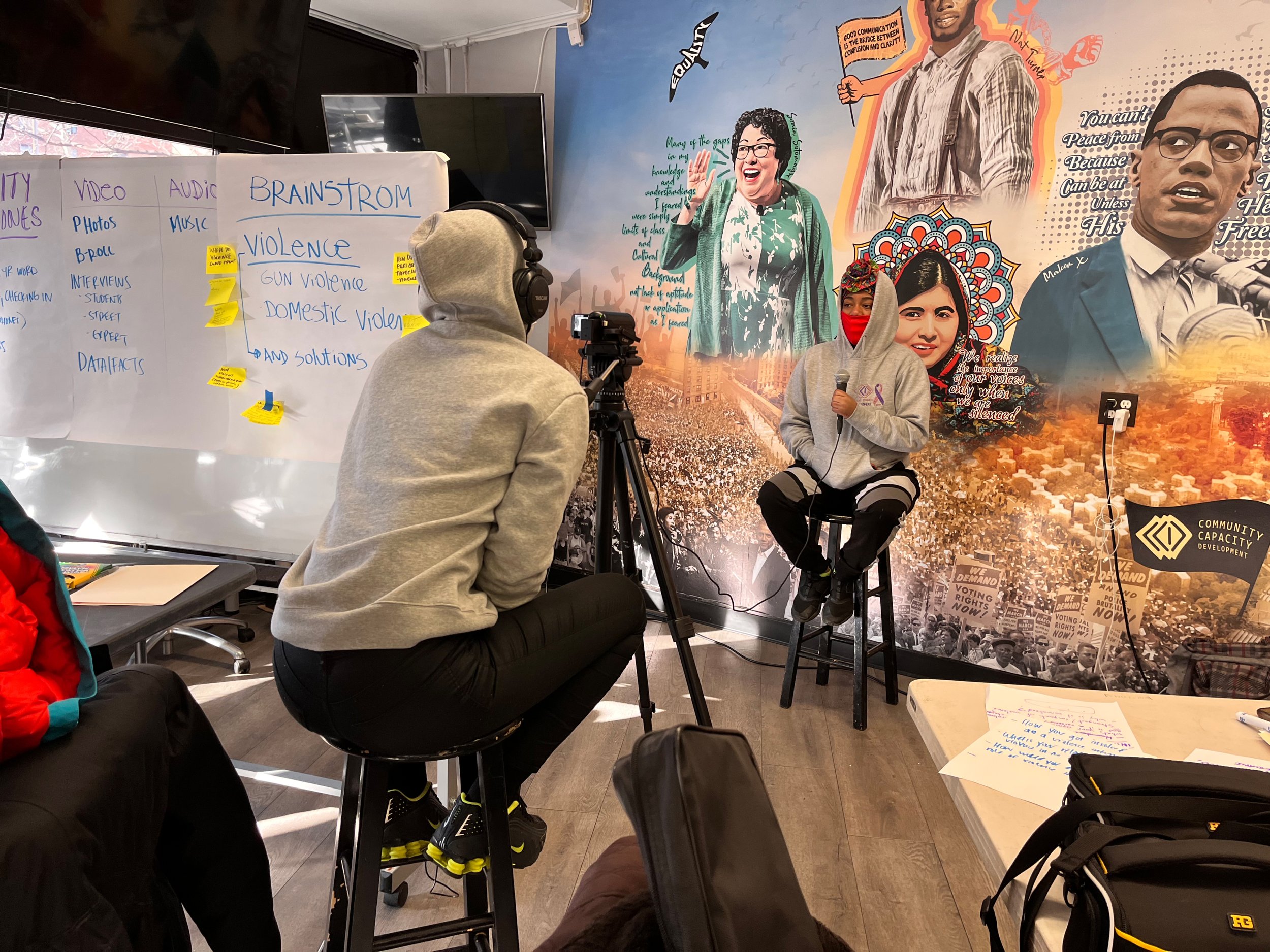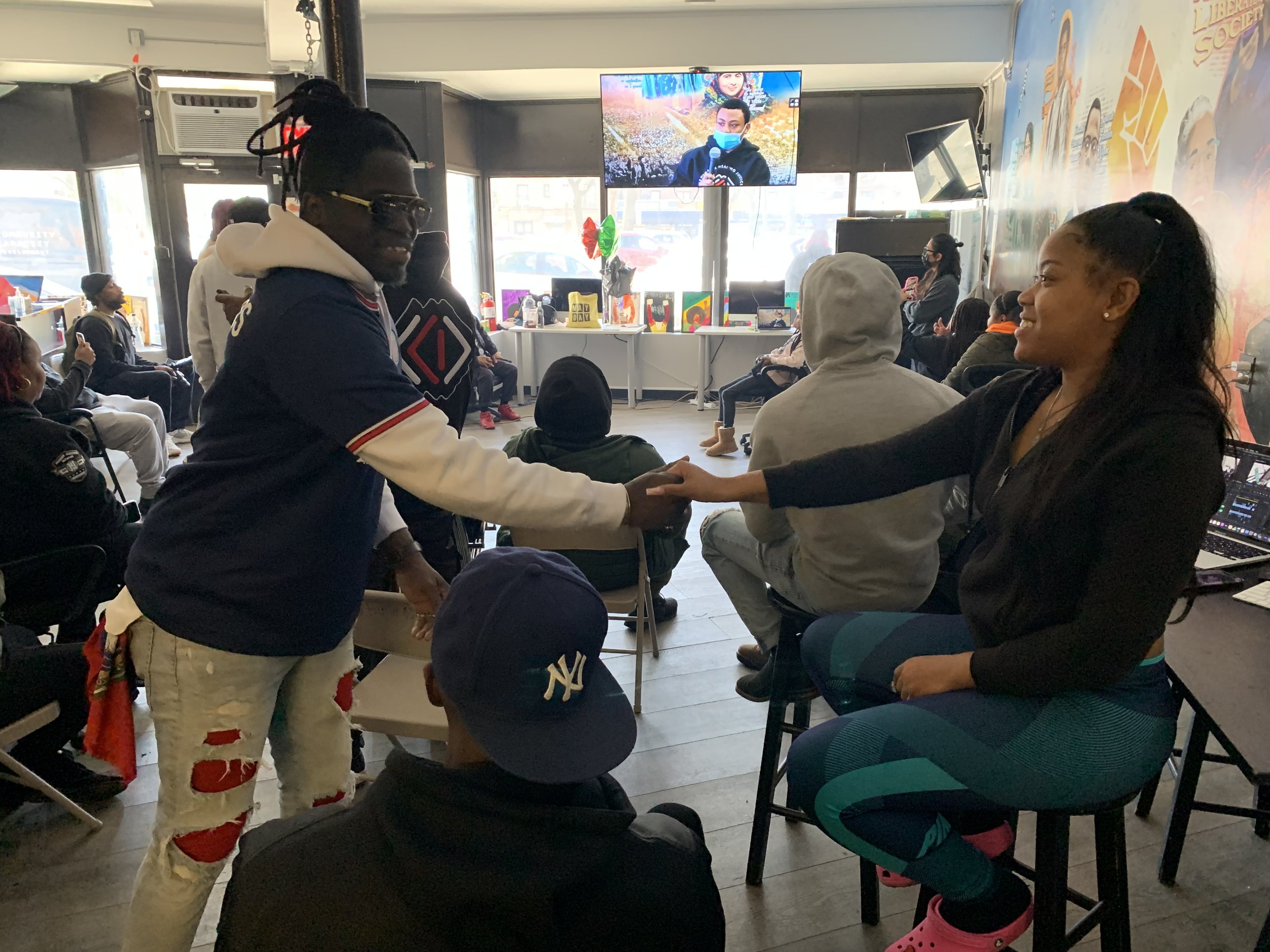What Creates Health? @ Queensbridge
photos, clockwise from top left: c/o NOCD-NY, Mollie Serena, Victoria Heath, Robin Dahlberg c/o Josephine Herrick Project, Tom Oesau
In partnership with NYC Department of Health and Mental Hygiene, Jacob A. Riis Settlement, 696 Build Queensbridge, and NOCD-NY, What Creates Health? @ Queensbridge is a cultural engagement project at Queensbridge Houses that has included arts programming and public design installations to examine violence as a community health issue. Co-created with residents, artists and neighborhood partners, What Creates Health? has built on existing cultural programming efforts at Queensbridge to explore community identity, belonging and perceptions of safety. The project has shifted narratives and expanded capacity for positive change by promoting collective healing and wellness, strengthening community cohesion, and animating public spaces. It has also engaged around systemic inequities impacting public health residents including racism, violence, food insecurity, and COVID-19.
The project has included multiple artist residencies and cultural collaborations with residents. With Jacob Riis, story circles—facilitated with amalia deloney in the Junebug tradition—explored definitions of home, belonging, and unity. It built intergenerational relationships and provided critical support to residents.
pictured: virtual story circles convene with residents and amalia deloney.
Informed by story circle themes, architect and community designer Emmanuel Oni, then Community Design Fellow for Mayor’s Action Plan (MAP) for Neighborhood Safety, worked with residents to coordinate participatory artmaking. Multiple public artworks were installed on the grounds to promote narratives of community safety, ownership and unity across diverse groups, including making intergenerational connections. Murals and wayfinding signs were painted at key gateways with artist Mauricio Arenas, aka DeGrupo. A “We Are Queensbridge” photography exhibition, featuring portraits of residents captured by fellow residents, were installed on lamp posts and sidewalk rails with support from Josephine Herrick Project and teaching artist Robin Dahlberg. Old trees significant to the community were wrapped and braided, with assistance from participants of the Jacob A Riis Neighborhood Settlement Senior Center and artist Mollie Serena.
photo credits, clockwise from top left: Emmanuel Oni, Victoria Heath, Robin Dahlberg c/o Josephine Herrick Project (2), Mollie Serena (2)
In partnership with 696 Build Queensbridge, podcast and video making residencies, building on their human justice pillars, offered youth opportunities to engage neighborhood issues and history, create, organize, and promote their Cure Violence mission with BRIC and Educational Video Center.
photos, clockwise from top left: podcasts with 696 Build Queensbridge youth and BRIC, credit: c/o BRIC; filmmaking PSAs with Educational Video Center, credits: Pia Rios and Tom Oesau
The community-determined project was designed around mutually beneficial partnerships and shared values. Residents have been central to decision making–including artist selection, program design and implementation–and community leadership was highlighted. Our collective and transparent goal setting, flexibility, and accountability have laid a foundation of trust that allowed partners to navigate challenges that were challenged during the peak of the COVID-19 pandemic.
The project has prioritized building knowledge and cultural infrastructure. Storytelling and media workshops strengthened residents’ skills and provided resources for integrating arts and culture in partners’ core work. Media workshops included the development of a resource and equipment library at 696 Build Queensbridge. The project was also part of our co-sponsored Narrative Power, Cultural Strategies and New Civic Vision peer learning exchange, where we shared lessons learned with other narrative projects and audiences from across the country.
The project has also targeted systems change in New York City. It has strengthened partnerships within DOHMH between Center for Health Equity, Cure Violence, and Active Design, where the project is featured as a case study. The project’s collaboration with the Mayor’s Office of Criminal Justice (MOCJ) and Mayor’s Action Plan (MAP) for Neighborhood Safety deepened and extended the project. It has also informed the development of the Narrative Power Network for Health and Racial Equity, which is hosted by DOHMH with NOCD-NY as a partner.
The project, in partnership with NYC Department of Health and Mental Hygiene, Jacob A. Riis Settlement, 696 Build Queensbridge, was supported in large part by the National Endowment for the Arts Our Town program. We look forward to continuing collaborations with residents and community partners and ways to support the integration of arts and culture in their work.
